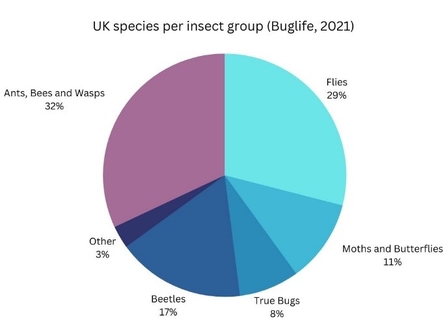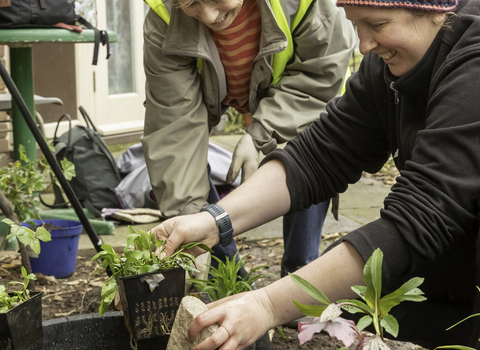Today marks the beginning of the annual National Insects Week, organised by the Royal Entomological Society. In the UK, there are over 24,000 species of insects, many of which are regular visitors to our own gardens. They consist of over 80% of terrestrial species on Earth.
An insect is defined as a small arthropod that has six jointed legs, compound eyes, one pair of antennae and normally two pairs of wings. Their bodies are split into three sections: the head, thorax and abdomen, and have a hard outer casing.



